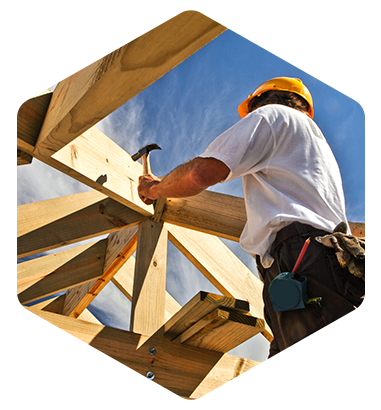The virtuous properties of wood:
- Often defined as a carbon pump, wood acts significantly in reducing the greenhouse effect.
- It represents a sustainable alternative to the use of fossil fuels.
- Its transformation and its valorization (except paper industry) require only little water. We speak of a dry sector.
- It prevents natural risks of erosion or landslides by stabilizing the soil.
- Most of the wood industry's waste is recycled into co-products that can be used to manufacture paper pulp or particleboard.





